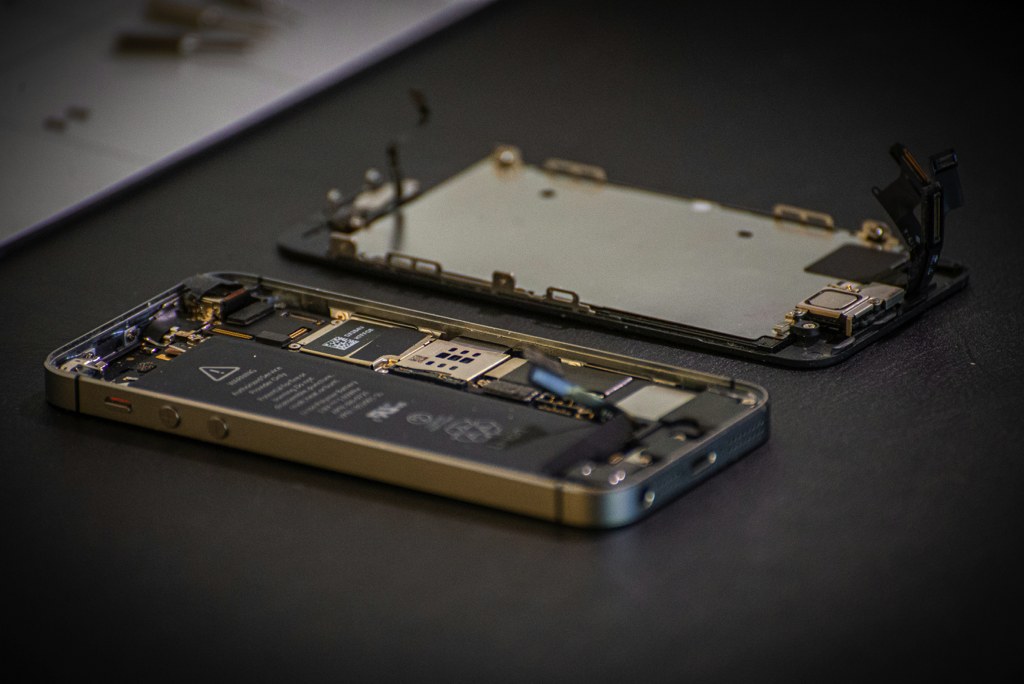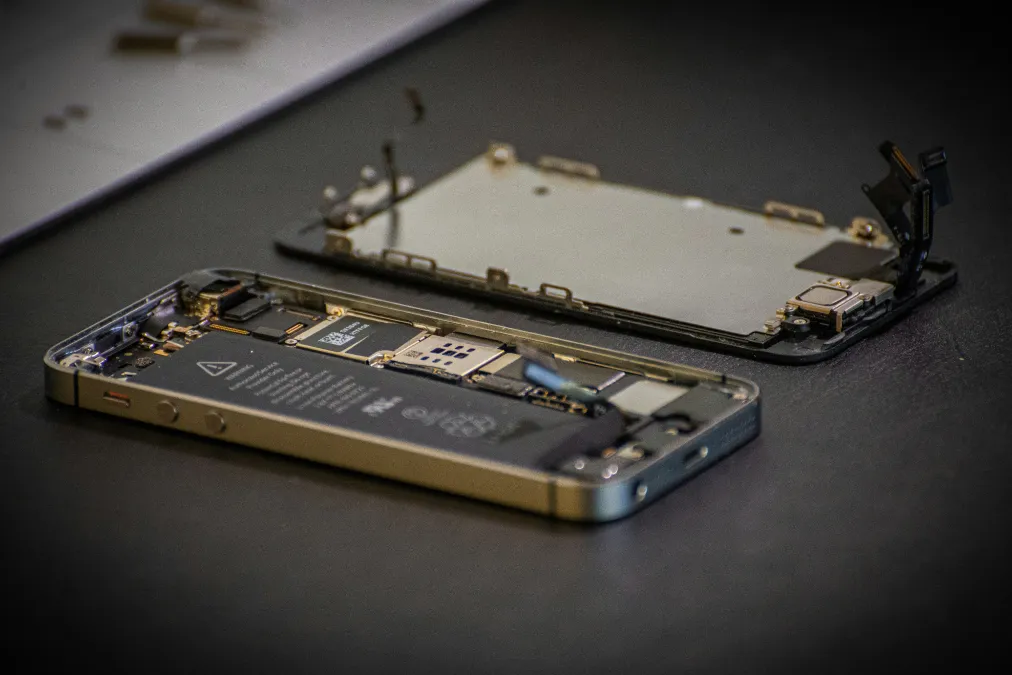Apple’s latest iOS 18 update, released yesterday, introduces a feature called ‘Repair Assistant,’ aiming to assist users with managing genuine used parts when repairing Apple iPhones. While it represents a significant step forward in Apple’s repair ecosystem, some concerns still surround its limitations, particularly regarding sustainable repair practices.
Repair Assistant: a partial solution
The newly introduced Repair Assistant allows Apple iPhone users—specifically those with Apple iPhone 12 models and later—to pair genuine parts like displays, batteries, and camera modules with their device. Previously, this process could only be completed through Apple or an authorized third-party provider. Now, iOS 18 empowers users and independent repair shops to conduct this step on their own. While this may simplify repairs for some, Apple still imposes restrictions that complicate broader access to refurbished parts.
Challenges with reused components
Though the Repair Assistant introduces a degree of flexibility, key issues remain unresolved. For instance, used displays are only recognized as "genuine" if certain components, such as the original proximity sensor, are intact. If this sensor is damaged or missing, the display is flagged as an "unknown part." This prevents many refurbishers from giving second-hand parts a full lifecycle, making it harder for businesses and consumers to reuse existing materials effectively.
Another major barrier is the activation lock on some Apple iPhones. If a device has not been signed out of iCloud before dismantling, its parts remain locked, hindering their potential reuse. While the lock is essential to prevent the sale of stolen devices, it also inadvertently limits the effectiveness of recycled components from otherwise usable handsets.
A step toward sustainability, but still hurdles to overcome
Sustainability advocates argue that iOS 18’s features, while well-intentioned, fall short in promoting a truly circular economy. Many Apple iPhone users who previously repaired their devices may be prompted by the system to "finalize" repairs after updating to iOS 18, only to find that the process cannot be completed due to the lingering restrictions around genuine parts verification.
Despite these limitations, Apple's Repair Assistant tool marks progress in the right-to-repair movement, though more work remains to be done to eliminate barriers for independent repairers and make the process more environmentally sustainable.
Market
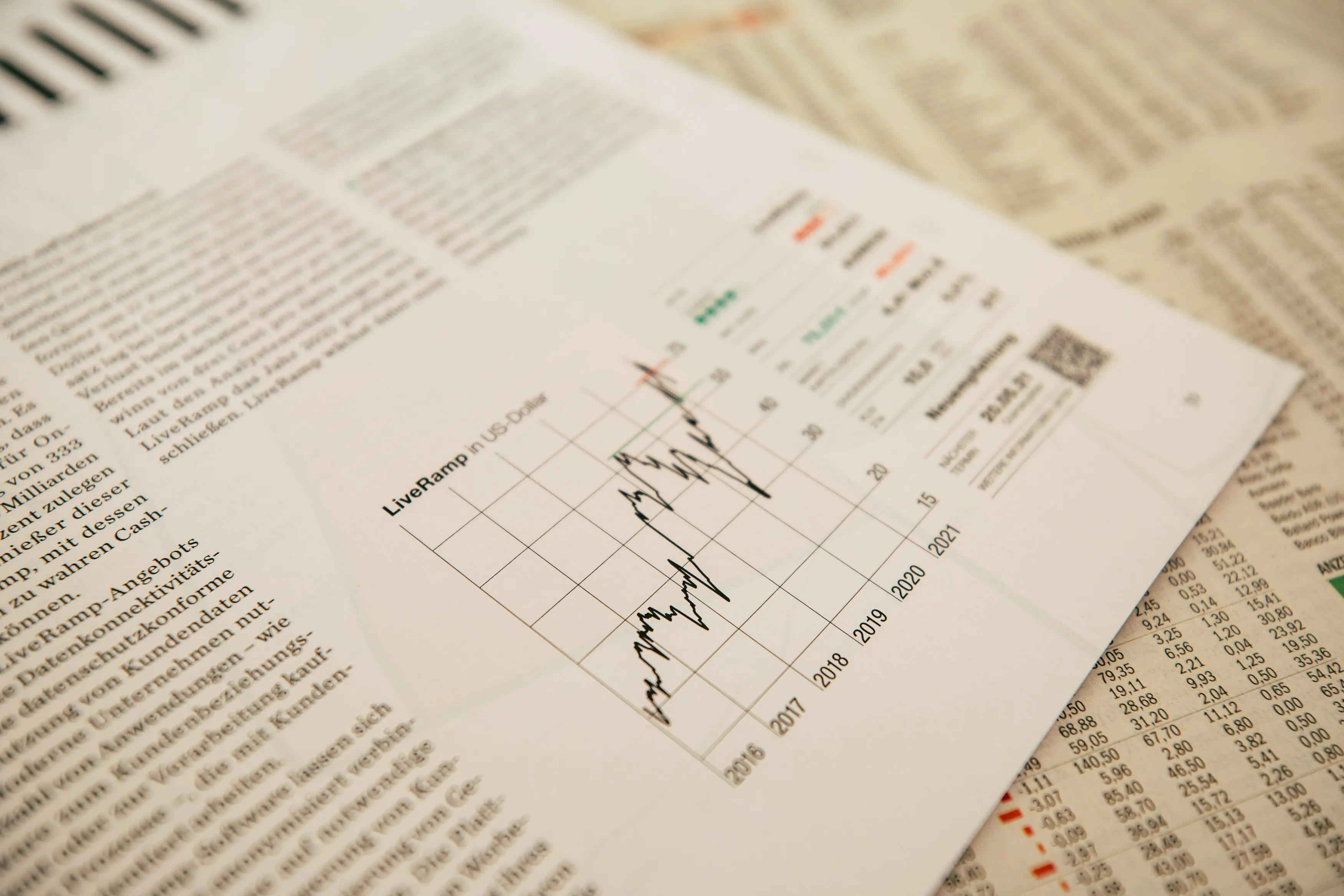
Trade-in
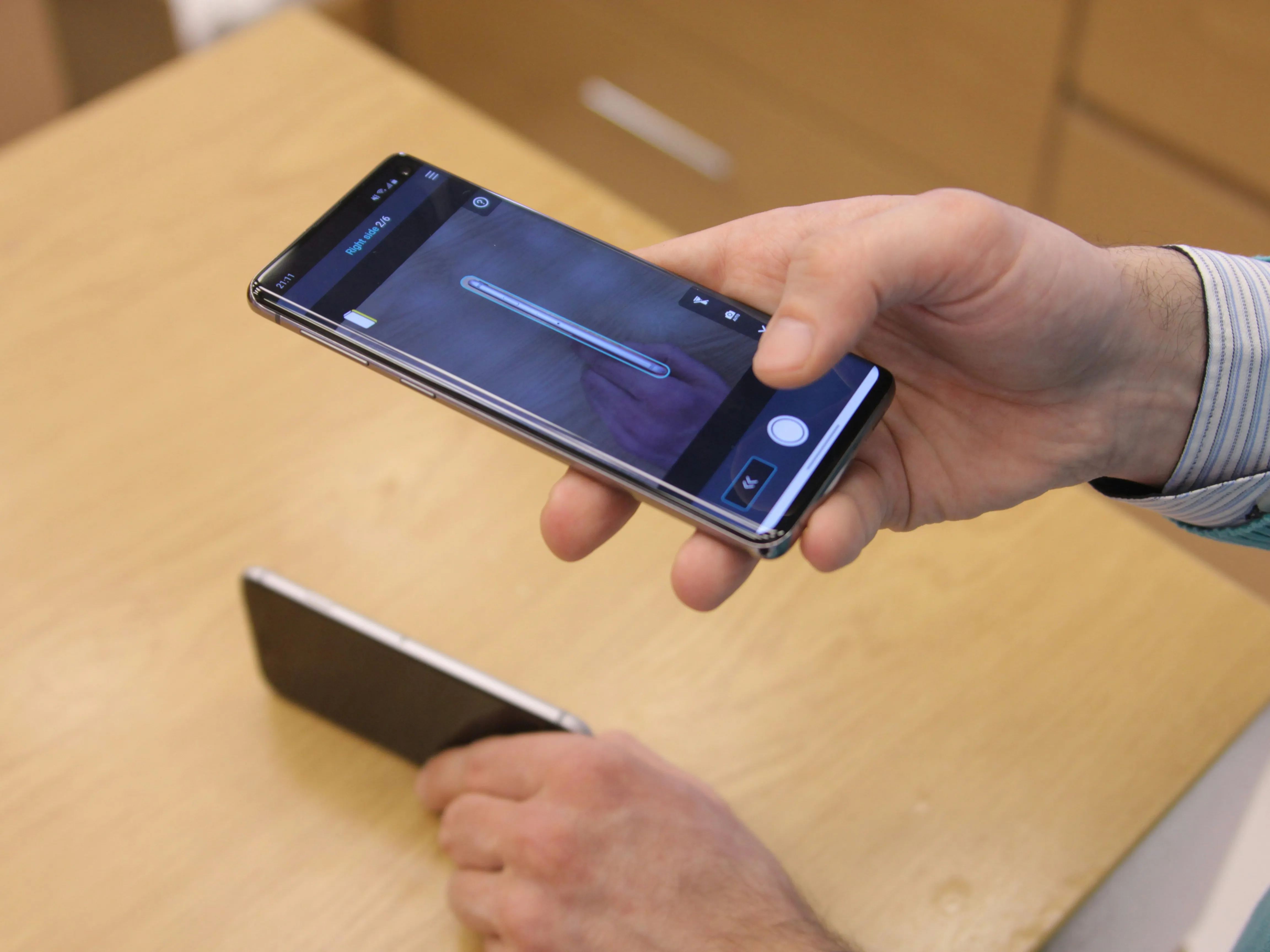
Repair
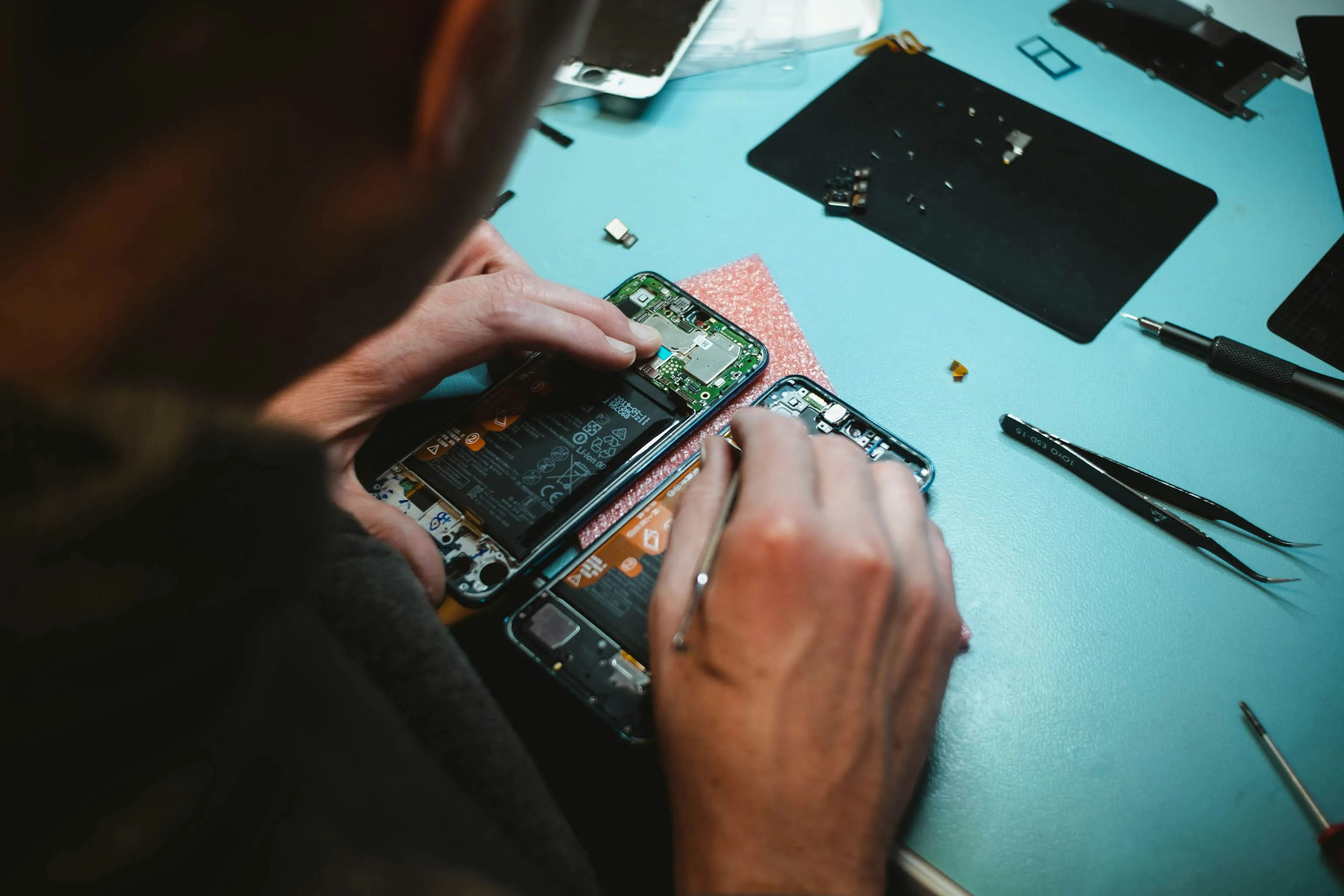
Interested in the global market for used electronics?
From now on, you'll never miss a thing and can easily stay up to date with the latest developments in the secondary market. Sign up today for the newsletter from secondarymarket.news. It's filled with the latest news, trends, developments, and gossip. Stay informed and don't miss out on anything!
Daily (except on Sundays), you'll receive the latest news from the global secondary market straight to your inbox after registering. This way, you'll always stay up to date with the latest secondary market developments and trends.


